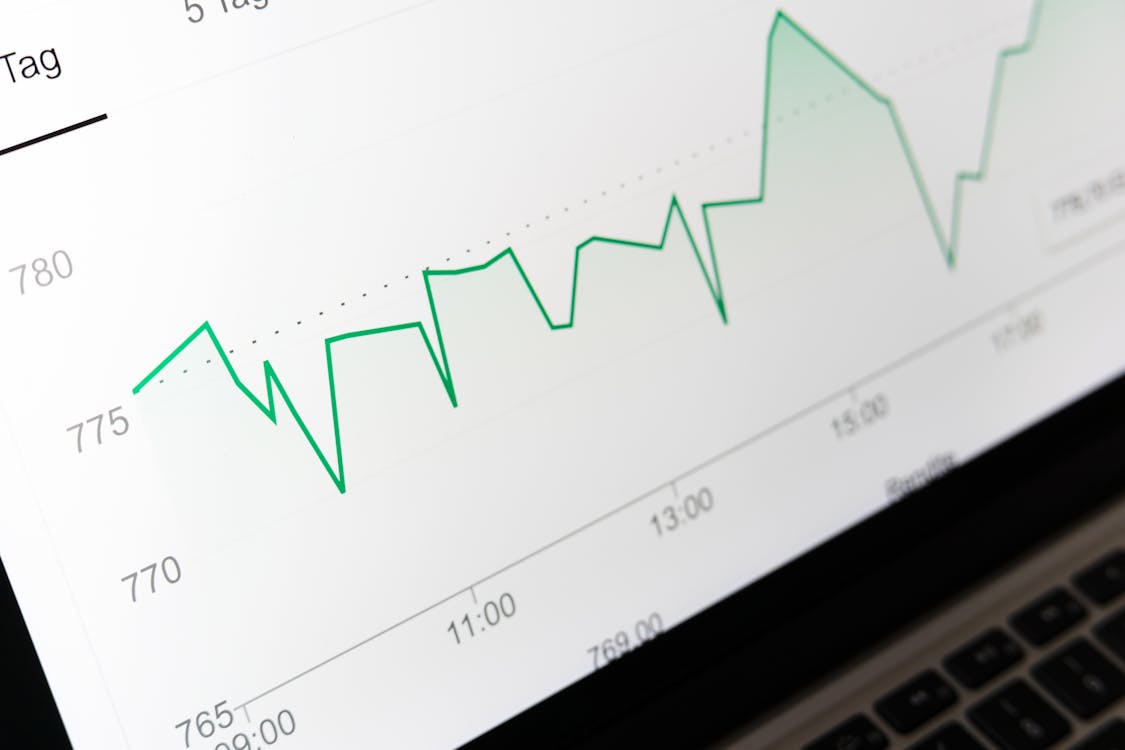Turning Panic Into Premium: How Market Fear Becomes Opportunity

Image Source: Pexels
For investors, volatility often feels like chaos—an unpredictable storm that punishes portfolios and undermines confidence. But as markets have evolved, what was once the exception has become the norm. Episodes of fear now cycle through the system with startling regularity. Instead of dreading these moments, disciplined investors can learn to see panic as a renewable resource—an opportunity to capture what professionals call the Fear Premium.
This concept reframes volatility not as random noise but as a recurring condition that can be studied, anticipated, and systematically harvested. The goal is not speculation, but education: understanding how market mechanics shift under stress so that you can recognize patterns others miss.
The New Market Regime
By 2025, structural shifts have created an environment where volatility is the baseline, not the exception. Central banks adjust policy more frequently, geopolitical flashpoints erupt with regularity, and algorithmic trading often amplifies swings in both directions. Liquidity has thinned as market makers reduce risk and institutional funds tighten mandates, making today’s markets more fragile during stress events.
This means that when fear strikes, the system has less capacity to absorb selling. Retail investors often rush for the exits, institutional funds hit their risk limits, and momentum-driven algorithms exacerbate the moves. The divide is clear: impatient sellers pay a premium for immediate liquidity, while patient capital collects that premium by stepping in at the right time.
The Fear Premium Framework
The Fear Premium arises when markets overpay for protection. This shows up in several measurable ways:
- Volatility spikes faster than fundamentals change
- Bid-ask spreads widen beyond normal costs
- Options markets price in extreme downside that rarely materializes
In practice, these conditions create temporary “air pockets” in liquidity, where normal price discovery breaks down. Traders who understand these mechanics can recognize when prices are dislocated not because assets have lost value, but because the market’s plumbing is clogged.
For investors, this is less about timing individual trades and more about recognizing the repeatable nature of stress. Earnings season, Federal Reserve meetings, and month-end rebalancing are just a few examples of scheduled events that reliably inject turbulence into the system.
The Liquidity Vacuum Trade

At the heart of this approach lies the Liquidity Vacuum Trade—a strategy that captures 24- to 72-hour dislocations created when selling overwhelms liquidity.
Here’s the blueprint:
- Identify the setup: A catalyst (earnings surprise, policy shift, geopolitical news) sparks selling that far exceeds fundamental justification.
- Recognize the signals: Options markets flash warnings as put protection becomes disproportionately expensive, volatility term structures kink, and credit spreads widen.
- Select the instruments: Index futures, broad-market ETFs, and defined-risk options overlays serve as the preferred vehicles.
- Manage risk with discipline: Position sizing accounts for worst-case overnight gaps. Exits are tied to liquidity normalization, not arbitrary price levels.
The goal isn’t to capture every tick of recovery but to systematically collect the middle 60–80% of the reversion. This same framework applies across credit markets, volatility trades, and cross-asset opportunities.
Building a Panic Playbook
Profiting from fear requires more than instinct—it demands infrastructure. Professional traders use dashboards that track market breadth, volatility structures, liquidity signals, and cross-asset stress indicators. Automated alerts help separate real dislocations from false alarms.
Event calendars become “harvest schedules,” allowing disciplined investors to prepare for likely stress episodes rather than react in real time. Pre-commit rules—clear guidelines for entries, exits, and risk controls—help eliminate emotion when markets are at their most emotional.
This systematic approach transforms panic from an unnerving experience into a repeatable process.
Beyond the First Strategy
The Liquidity Vacuum Trade is just the foundation. From volatility harvesting in options markets, to exploiting credit dislocations, to event-driven plays around index rebalancing, the same logic applies: forced sellers create opportunities for patient buyers.
Understanding these cycles allows capital to rotate intelligently: first-response trades during peak panic, stabilization trades as conditions normalize, and recovery trades when valuations remain disconnected from fundamentals.
The performance goal is not outsized returns in any single trade but durable consistency across cycles.
Conclusion: Turning Fear Into a Framework
Fear has become a fixture in modern markets. For most investors, it sparks reaction and retreat. But for those who study the mechanics, it becomes a source of repeatable opportunity. The Fear Premium framework is not about chasing short-term profits but about cultivating a disciplined lens through which to view volatility.
When markets appear chaotic, remember: what looks like panic on the surface often hides structured patterns beneath. The more systematically you approach them, the more these episodes transform from threats into lessons—and, for the prepared, into potential rewards.
More By This Author:
Powell’s Jackson Hole Pivot Signals The Fed’s New Priority
Netflix, Inc.: Mixed Technicals, Strong Analyst Optimism As Revenue Miss Tempers Momentum
Earnings Season Reality Check: Previews, Downgrades, And What Is Already Priced In



